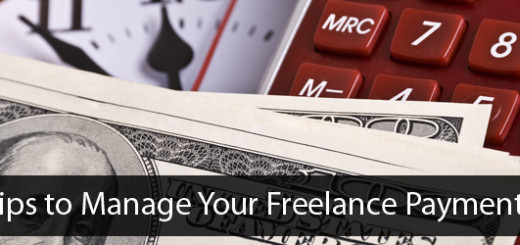How to Maximize Gamification to Enhance Your Loyalty Program
0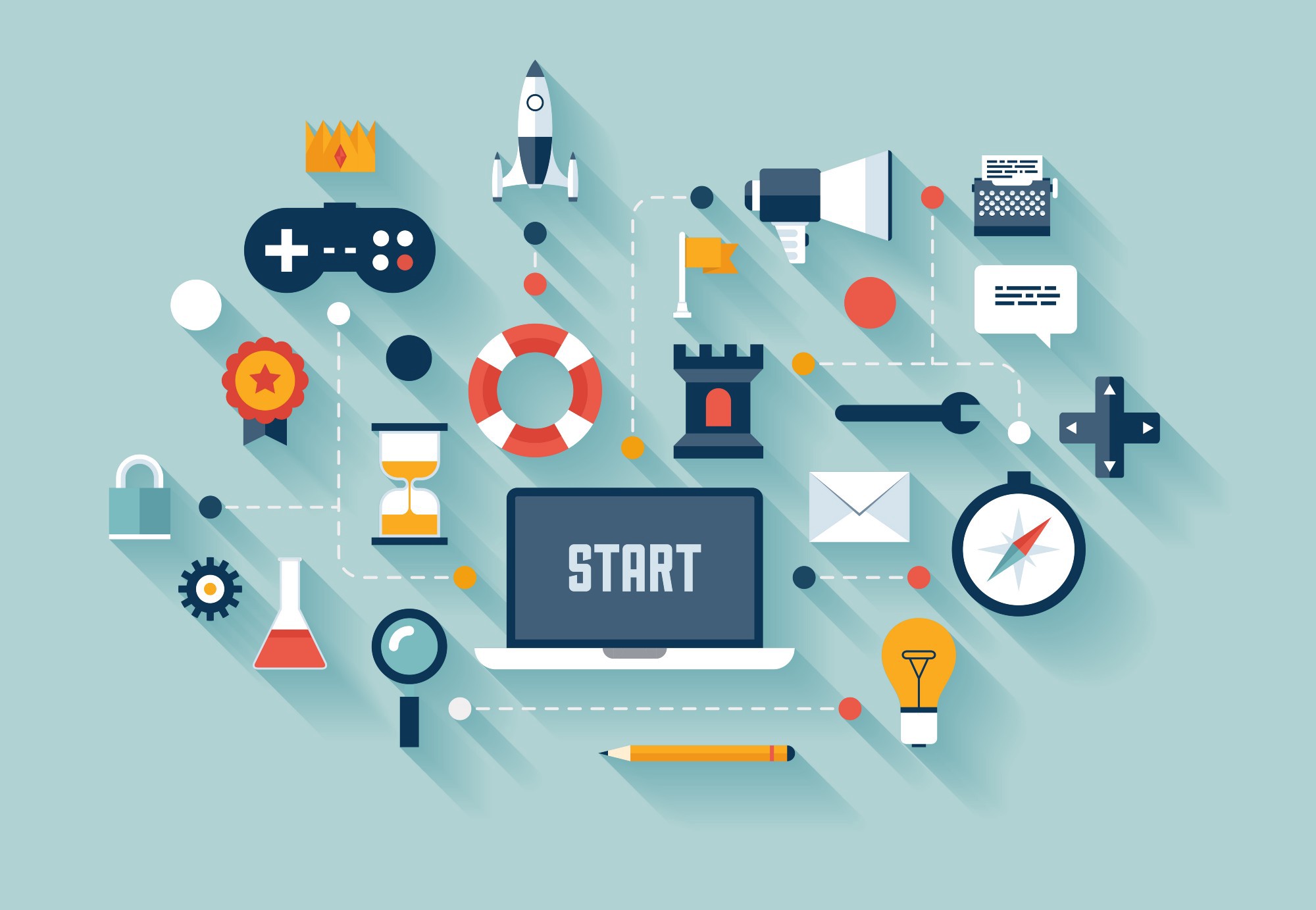
Many companies are putting a premium on customer loyalty, which pertains to a client’s decision to repeatedly work with a business or buy from a specific store. Brands come up with all types of strategies not just to acquire new clients but more importantly, to turn them into lifelong customers.
And there are many reasons for businesses to do so. For one, it’s a lot cheaper to retain an existing client than to acquire a new one. If you’re launching a new product, your existing customers are at least 40% more likely to buy it than a new client; your old clients may sink in more money too.
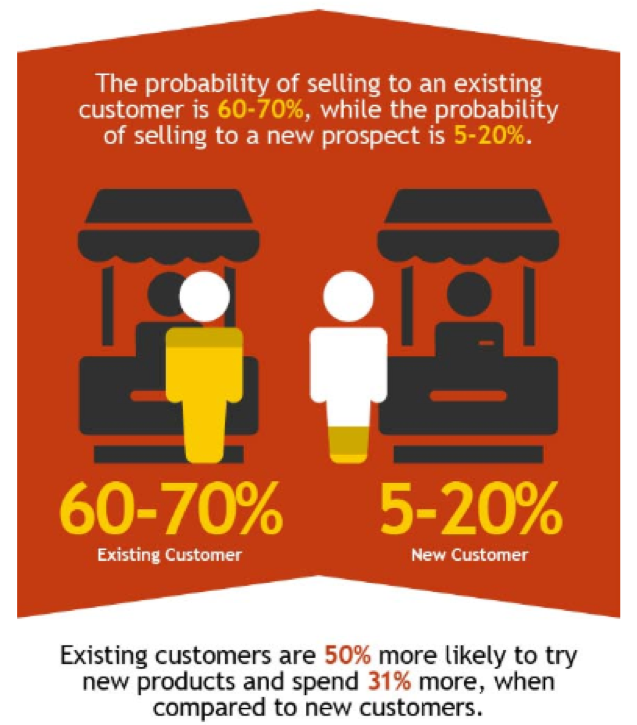 Source: Crazy Egg
Source: Crazy Egg
To strengthen customer loyalty, brands are going beyond providing stellar products and customer service. One strategy many have explored to keep customers coming back is gamification.
How Gamification Works
Gamification refers to the use of game elements in marketing and business operations to boost engagement and create excitement. In ecommerce, gamification helps encourage customers to do something by showing how they can move to higher levels and tapping into people’s inclination to take part in games. It includes play-like elements like badges, levels, and leaderboards, competitions, challenges, and rewards.
How Gamification Boosts Customer Engagement
To be able to encourage the desired action, gamification needs to incorporate pieces that are essential to behavioral change. Based on the Fogg Behavior Model, these three key elements–motivation, ability, and trigger–must be present and occur at the same time.
First, you need to give users the motivation, a key reason, to adopt a new behavior (ex., potential reward). Then you must provide your customers with the perceived ability to accomplish this goal. You can do so by making the process easier or establishing levels through which clients can progress and reap smaller rewards along the way. Finally, there needs to be a clear trigger or cue–such as purchasing, downloading an app, or signing up for the loyalty program.
Putting all these elements in a gamified loyalty program drives more customers to follow through a specific action, allowing your company to meet its goals and your clients to reap rewards too.
Gamification in 2020 and Beyond
Companies have been using gamification for years to improve conversion rates and boost their customers’ lifetime value. And as new technologies become available, gamification may take on novel forms, and possibly take advantage of immersive technologies such as interactive videos and virtual reality.
Moreover, as businesses become better equipped to track and analyze shopping habits, data analysis may play a more important role in designing gamified loyalty programs and measuring behavioral change.
How to Leverage Gamification to Nurture Customer Loyalty

Here are several ways to maximize gamification to revamp your company’s loyalty program.
1. Align gamification goals with your business objectives and the purpose of your products
Gamifying your loyalty program goes beyond coming up with a fun initiative that introduces your product to new clients. Ultimately, your strategy must turn new or occasional buyers into consistent, long-term buyers.
For example, airlines’ loyalty programs encourage clients to keep using the same company for their flights. Even if competitors are offering slightly lower fares, frequent flyers may stick to their preferred airlines so they can earn points faster and use these for free trips and other irresistible benefits.
2. Get clear on what customer behavior you want to encourage
To ensure that your loyalty program will improve your conversion, you need to specify what behaviors you want to create or influence.
For instance, if you want them to download your app or sign up for your loyalty program, you can provide them with immediate rewards such as discounted rates or bonus points. If you want to inspire your current clients to spend more, you can offer members exclusive and exciting freebies when they accumulate a certain number of points. For this purpose, you can try the Unbounce landing page builder for free to design beautiful landing pages that convert more.
Take for example Marriott Bonvoy’s rewards program. Even at the lowest tiers, members enjoy perks such as exclusive rates, mobile check-ins, and complimentary internet access. This gets people immediately hooked into the program. From there, it encourages them to keep using Marriott Bonvoy to find accommodations so they can elevate their status and enjoy attractive benefits in higher tiers such as additional points and lounge access.
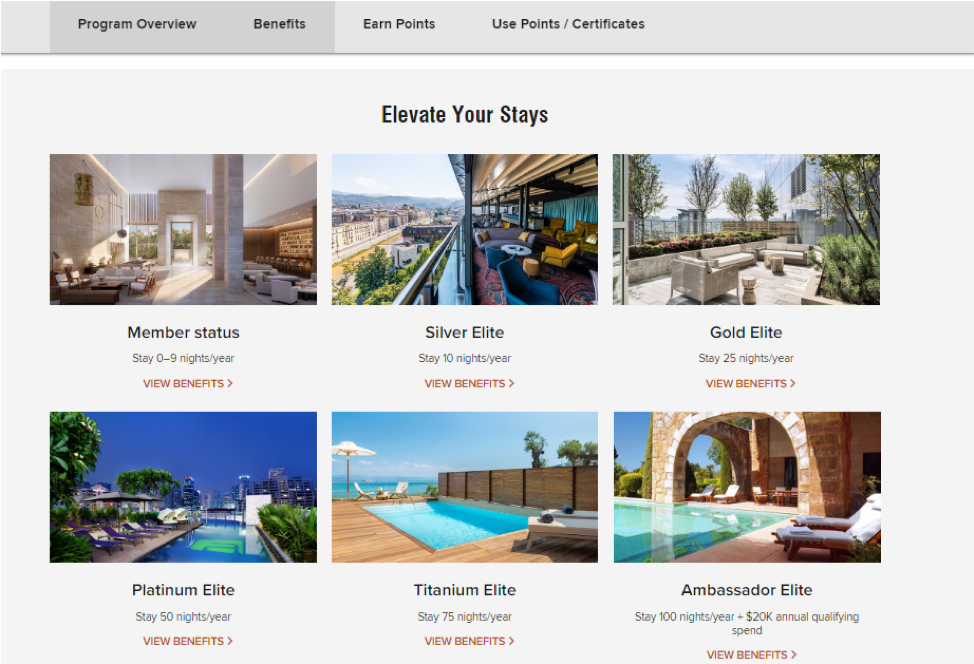 Source: Marriott Bonvoy
Source: Marriott Bonvoy
3. Keep them involved using the power of recognition
Recognizing people’s status in your loyalty program and sharing how they compare with others taps into human psychology. Sharing their status keeps them moving forward to the next step you want them to take. Meanwhile, badges and scores activate their desire to compete and win.
Grammarly, for instance, provides its users with a weekly writing update, which includes stats comparing them to other users in terms of productivity, mastery, and vocabulary.
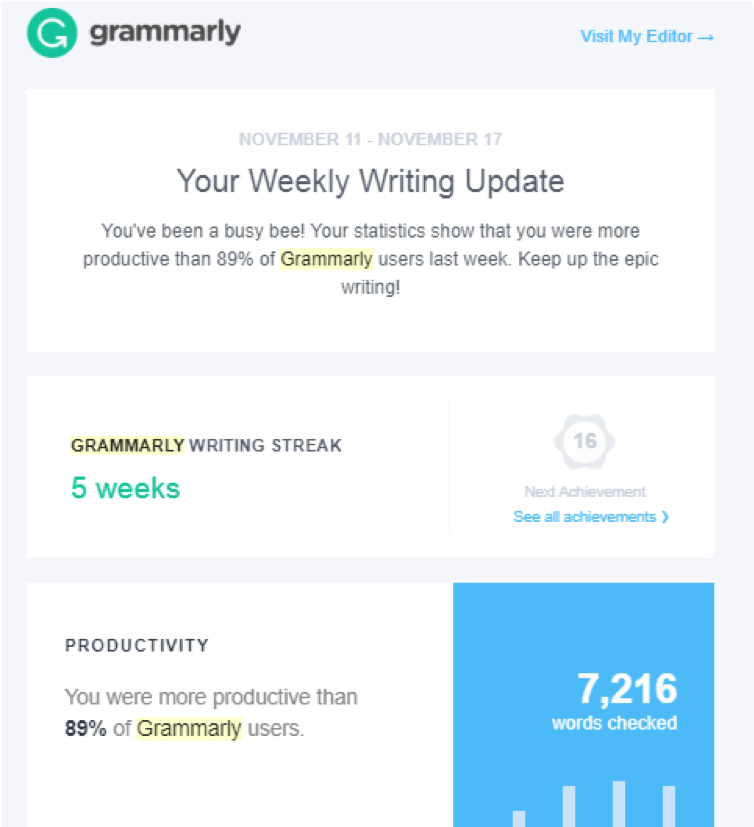
4. Create an exciting, easy-to-follow storyline
Your loyalty program’s storyline encompasses your reward structure and the instructions for participating in it.
When creating your storyline on the web, build a business website or dedicated page for your loyalty program, so members can easily find all the information they need. Also, make sure that the mechanics are easy to understand, the signing up process is quick and convenient, and the rewards are exciting enough that people will be willing to invest time and money in your program.
Starbucks is one example of a company that employs a great storyline for its rewards program. Aside from using eye-catching illustrations, it provides a quick summary of all the perks that members can enjoy from the moment they join and as they accumulate points. Their website also repeatedly indicates that signing up is easy, and the company facilitates account creation by giving customers the option to either download the app or sign up online.
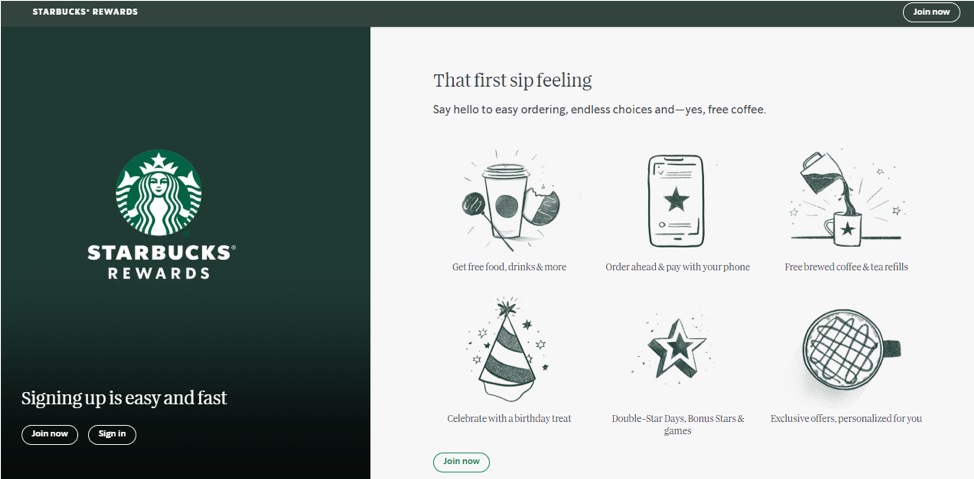
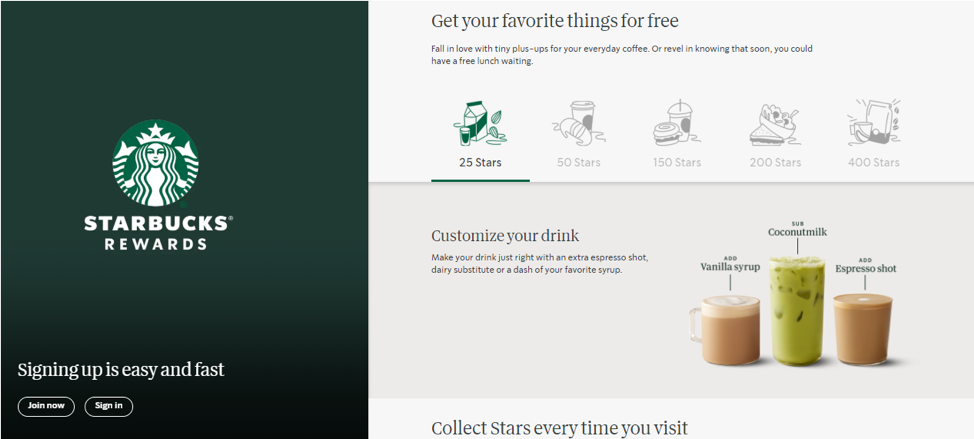 Source: Starbucks
Source: Starbucks
5. Update members on their progress
One way to keep your members interested in your program and encourage them to continue a specific behavior is by providing updates on their progress. You may have seen this strategy employed by LinkedIn to encourage users to complete their profiles. Online courses also often display a bar that shows how many modules you’ve finished. Starbucks used push notifications to inform members how close they are to moving to the next tier.
Whichever strategy you employ, make sure to give your members immediate feedback to keep them motivated to participate and to solidify trust. If your program promises to give them points upon sign up, show these points as soon as they finish the registration process. As they purchase at your store, add the points in their accounts in real time, and keep them posted by showing the accumulated points on their receipts.
6. Make it social to satisfy people’s yearning for community
Incorporating a social component to your loyalty program plays not only on people’s inclination to compete and gain recognition but also to their craving to share and celebrate milestones with others.
You can encourage interaction by including social share buttons, providing incentives to members who invite others to use your app or buy from you, or giving badges and extending benefits to your most active users or top performers.
Google’s Product Experts, for instance, creates a platform for users to help each other and exchange information. Silver members move up the next tiers (Gold and Platinum) by consistently contributing quality answers in the Google Help communities. As they do, they become entitled to perks such as badges and a chance to participate in beta testing opportunities.
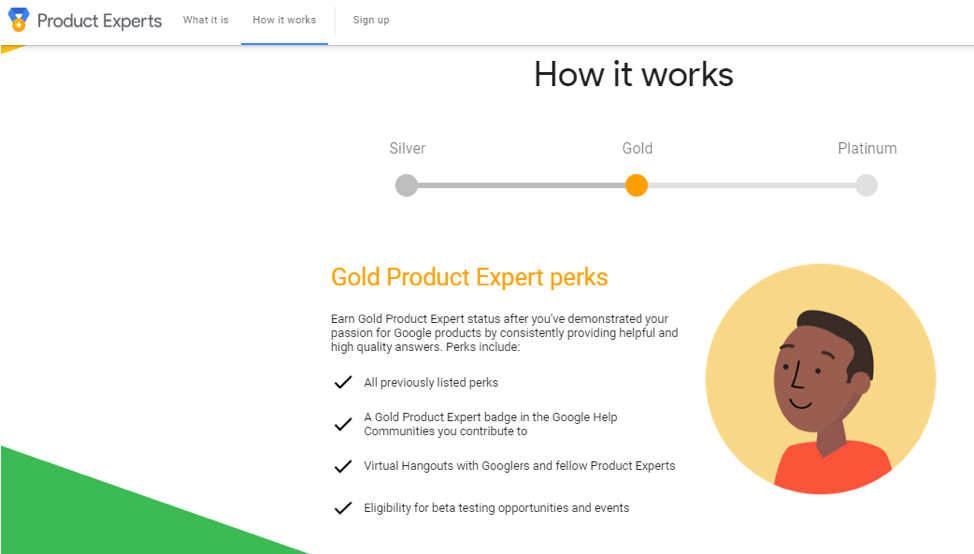 Source: Product Expert
Source: Product Expert
7. Offer special content
Over time, simply giving your members the points equivalent to their purchase can become unexciting. Keep your members curious, interested, and motivated to spend more money or time in your business by providing something out of the ordinary. This can be in the form of a members-only contest or raffle, exclusive discounts for a limited time, extra points, surprise gifts, or mystery rewards.
8. Leverage social media
Enabling customers to share their status or achievement via social media taps into people’s need for recognition while also being a powerful way to encourage others to join the program.
You can also launch social media campaigns where you encourage your customers to share about your product and tag a friend, and give both the person who created the post and their contact a chance to win a prize. Combined with strategies such as using a dedicated hashtag, this is an effective way to boost user-generated content and maximize word-of-mouth marketing.
This gamification strategy can also be combined with SEO for small businesses and/or paid advertising to help increase discoverability and build brand awareness in niche markets.
9. Take advantage of visuals
Providing your members–especially VIP participants–a way to easily share images about their rewards, achievements, or exclusive perks on social media can be a highly effective marketing strategy. Visuals are often easier for customers to grasp, share, and like. Aside from lending credibility to your loyalty program and contests, these pictures become concrete proof of what non-members are missing and what they can gain by becoming your repeat clients.
10. Craft mobile-optimized loyalty programs
Encouraging your customers to download your app makes it easier and faster for them to continue buying from you. Moreover, it gives you an opportunity to get in touch with them anytime, by sending push notifications or campaign announcements via mobile.
To increase mobile downloads, provide your customers with incentives such as making discounts available only through the app. You can also offer them more advantages, such as allowing them to order in advance and skip the queue at the cashier, as Starbucks has done for its app users.

Final words
When designing your app, be sure to consult web accessibility resources. Aside from ensuring inclusivity, having a highly accessible app and website ensures that you are not inadvertently losing clients. In the United States alone, for instance, 26% of adults have some form of disability. As such, you can leave a sizable market segment untapped if you fail to make your app friendly to differently abled individuals.
To be able to deploy a successful loyalty program, your gamification strategy has to be a win-win. While aligning it with your business goals, you need to make sure it also meets the desires of your customers, whether that’s their need for recognition, excitement, or a sense of belonging.
Are you implementing loyalty programs as part of your marketing and sales strategy? What gamification elements worked for your business? Share your thoughts and tips below.


